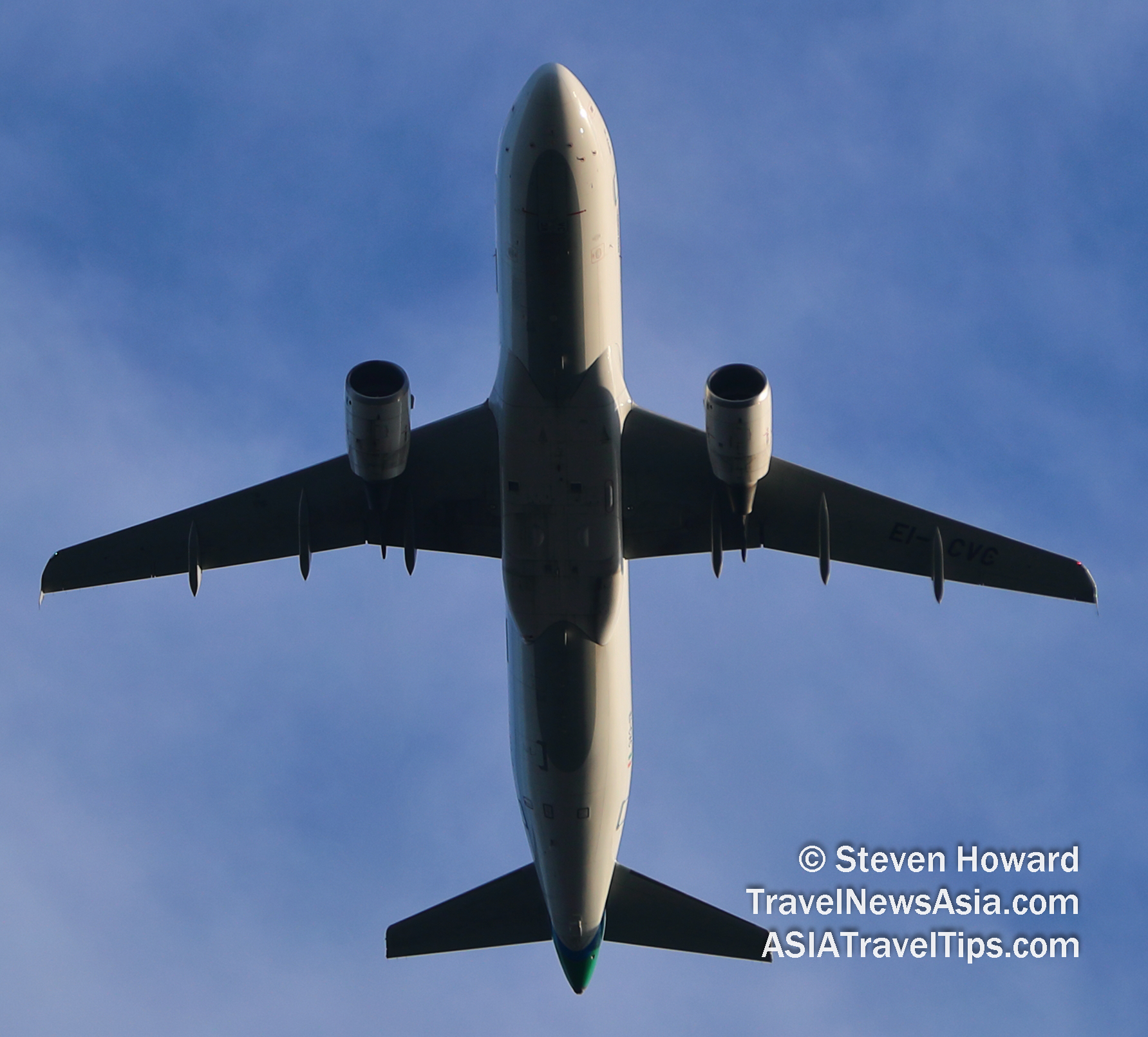|
The Air Monitor 2020, published by American
Express Global Business Travel (GBT), predicts that political and
economic uncertainty across the globe will contribute to a
continued slowdown in demand growth for air travel in 2020.
Despite rising costs for oil, labour and
infrastructure, fierce competition in the sector indicates that
airlines will have minimal scope to raise fares.
�While uncertainty looks to be a key theme
in the coming year, in this report we see several factors likely
to affect buyers of business air travel in 2020, such as airline
retailing strategies, growing fare segmentation and increased
focus on sustainability,� said Joakim Johansson, Vice President,
Global Business Consulting at GBT. �With a range of changeable elements impacting
corporate air programmes, it is important for buyers to equip
themselves with the best available insights, data and advice, to
support successful outcomes for their organisations.�

North America: Trade tensions continue to cause
drag on economic growth across the continent, also impacting the
Canadian economy. A large capacity increase means air fares within
North America are predicted to rise by only 1.5% across both
business and economy. Fares to European destinations could also
increase, due to a reduction in capacity from Norwegian Air.
However, Brexit uncertainty has the potential to dampen any rises.
Meanwhile, political volatility in South America looks likely to
cause a fall in fares of around 1%.
Europe: Air Monitor
2020 forecasts that fares will
remain flat, against a background of sluggish growth, with prices
rising by less than 1% on flights within Europe. Airlines are
under pressure on a number of fronts, with concerns about
over-capacity, strong competition in the open aviation area, high
regulatory costs and inefficient infrastructure. The flygskam
(flight-shame) phenomenon has been most prevalent in Europe,
driving increasing competition from rail routes.
Asia Pacific: The region remains the growth
engine of the global economy, but the gradual slowdown predicted
in last year�s monitor will continue in 2020. Fares on flights
within Asia are expected to rise by 2.9% in business class, and
1.8% in economy. The grounding of India�s Jet Airways has removed
a significant chunk of capacity from the region, and this will see
modest upwards pressure on some fares.
Air Industry Trends for 2020
Fare segmentation continues to grow as a way for
carriers to simultaneously meet the different needs and budgets of
their passengers and respond to the competitive challenge posed by
low-cost carriers (LCCs).
Fare segmentation (unbundling) is not
limited to economy fares. Emirates recently became the first
airline to offer unbundled business class fares, and other
carriers may follow suit. The availability of cheaper business
class seats could open up new opportunities for corporations in
their negotiations with carriers.
Low-cost, long-haul carriers have previously
looked poised to have a major impact. However, except for those
providing inter-regional services in Asia Pacific, long-haul LLCs
have largely floundered. It�s a different story on short-haul
routes where traditional LCCs continue to thrive, putting pressure
on the mainline carriers.
Airlines,
regulators and travellers are taking a growing interest in
sustainable travel. Many of the world�s largest airlines have
already introduced, or are planning to introduce, carbon emission
offsets or biofuel surcharges. Governments, especially in Europe,
have introduced proposals to raise taxes on aviation, while
reducing tax rates for alternative modes of transportation.
See latest
Travel News,
Interviews,
Podcasts
and other
news regarding:
American Express,
Trends,
Forecast,
Outlook.
|
Headlines: |
|
|
